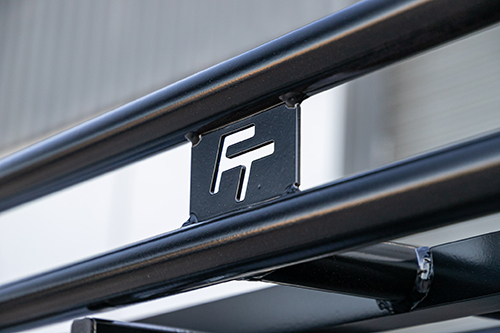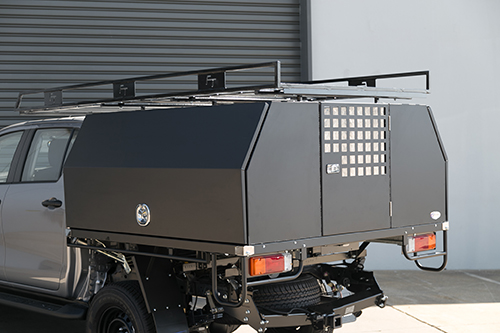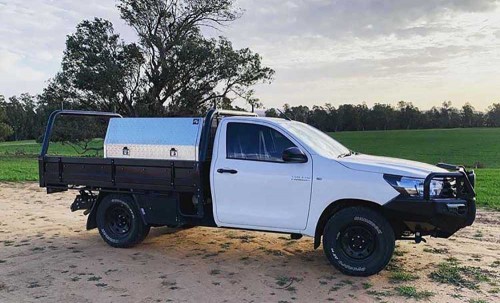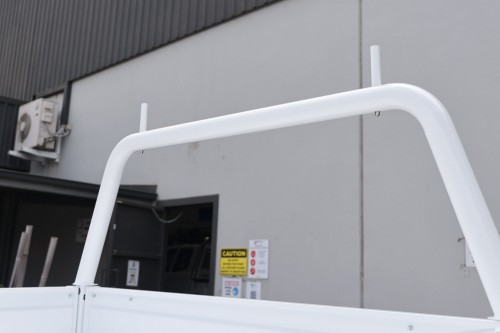A roof rack is a handy accessory for tradies and 4x4 enthusiasts because it gives you an easier way to transport bulky items such as building materials, ladders, conduit, pipes, timber, sheets of material, camping gear, tents, swags and jerry cans, that don’t easily fit into your ute tray or canopy.
The way you stack these items on your roof rack is vital for your safety and for the safety of other road users. We’ve put together some tips to help ensure you’re loading your roof rack safely every time.
1. Know your load restrictions
Before you start loading your roof rack with materials or gear, it’s important to know about your vehicle’s load carrying capacities. Each vehicle has its own maximum load capacity which you can find in the owner’s manual. After your roof rack is installed, you need to deduct the total weight of the roof rack from the load carrying capacity when you’re trying to find the maximum payload capacity. Following these load restrictions will avoid overloading your car and increasing the risks of your gear falling off, or even worse, rolling at high speeds and sharp turns.
2. Consider your weight distribution
Be conscious of the mass of the items you're placing on your roof rack. Consider where you position your heavier items to balance your roof rack up and thus, balance your vehicle.
3. Secure long items carefully
Overhang limits vary from state to state in Australia. Be aware of how far your items can legally overhang from your vehicle and make sure that you tie them down to the front and back of your vehicle, and attach a bright red flag if the projecting load is not readily visible.
Make sure the items you need sooner rather than later are stored in places that are easily accessible. This will save you unnecessary effort moving your load around just to get to the thing you need.
5. Use appropriate tie downs
It’s important that your gear is tied down correctly to avoid items from falling off and potentially causing damage. Aim to use tie down or ratchet straps over elastic straps, as elastic straps can cause your gear to move around. Make sure that you fasten these tie down straps properly and keep an eye on them on longer drives.





